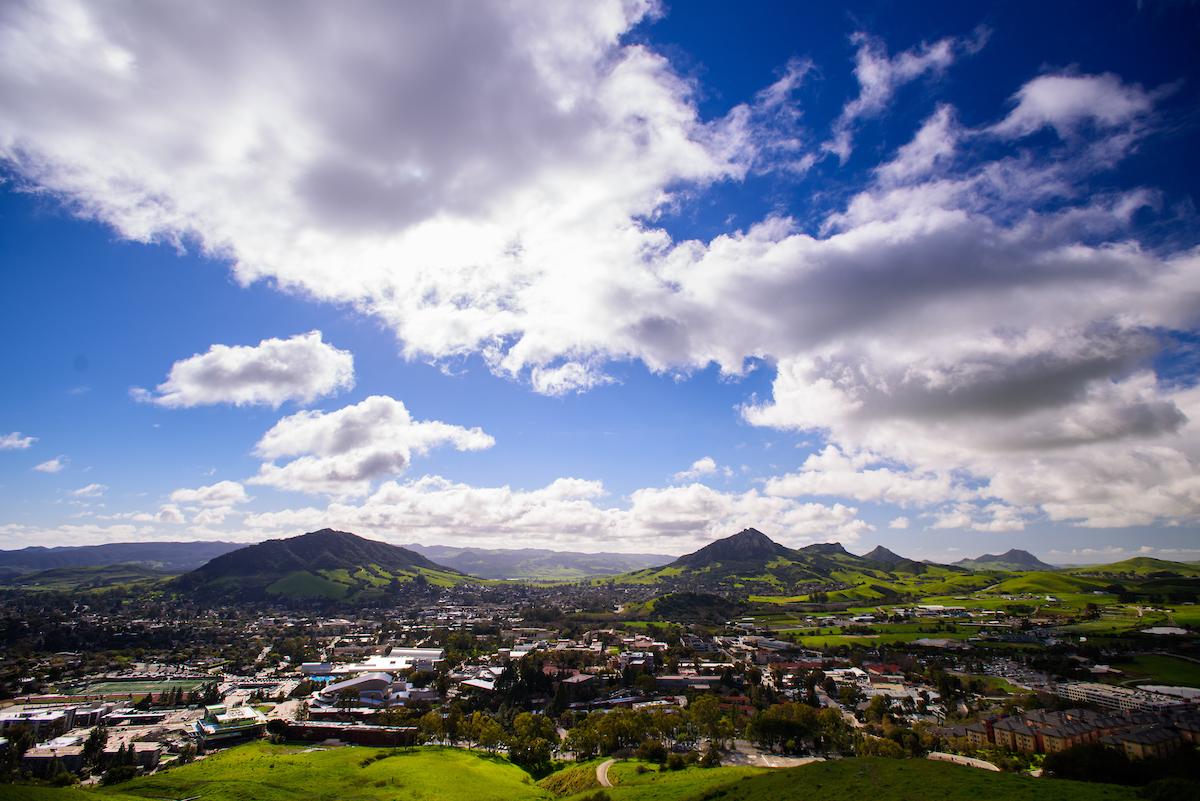SCE Funds New Academic Institute to Fight Wildfires
The program based at Cal Poly San Luis Obispo seeks to find solutions to wildfire threats through innovative research, training and education.

By Eliza Gano
Published on July 21, 2021
The western U.S. is in the throes of a severe drought as, more locally, California’s parched landscape finds residents bracing for another peak wildfire season. The increasing threat of wildfires requires an all-of-the-above approach for mitigation and one of those solutions includes groundbreaking research opportunities with academia.
Through its Wildfire Mitigation Plan, Southern California Edison partners with various universities to develop tools, techniques and technologies to protect the communities it serves. Last year, nearly 10,000 fires burned over more than 4 million acres and consumed about 4% of land in California.
“The rapid onset of catastrophic wildfire risk has heightened our focus on hardening the electric grid and deploying other wildfire mitigation techniques to protect our communities,” said Steven D. Powell, SCE executive vice president of Operations. “While we have robust plans, we have to look beyond the technologies available to us today, as well as focus on many aspects of fire management. Our research partnerships can help us look at all of them.”
SCE is a key funder and technical lead to the newly created Cal Poly San Luis Obispo’s Wildland-Urban Interface Fire Information, Research and Education Institute (Cal Poly WUI FIRE Institute).
“The mission of the new institute at Cal Poly is to seek solutions to the WUI fire problem through innovative research, training and education to create safer and more fire-resilient communities in California and the West,” said Dan Turner, Cal Poly WUI FIRE Institute interim director. “We are thrilled to partner with California utilities for their leadership and support to catalyze a larger community of stakeholders to reduce the consequences of wildfires to our communities.”
The institute — the first of its kind at a California university — is looking for holistic solutions to mitigate the consequences of wildland urban interface fires. Land where housing, commercial development and wildland areas meet is known as wildland urban interface. Fires in the wildland urban interface make up the most frequent source of declared disasters in California and are becoming increasingly more frequent and damaging because of climate change.
Two goals this year are creating an external advisory council, which will include numerous key stakeholders, and holding a symposium in the fall to discuss wildfire research topics. The institute plans to include other universities in California in the future.
Through increased collaboration, the institute will help identify synergies in wildfire research and mitigation efforts.
“The institute, serving as the center of collaboration, will allow the exploration of research in wildfire risk topics that normally fall outside traditional utility business operations,” said Richard Lam, senior advisor of Grid Technology Innovation for SCE, who is the company’s lead in working with the institute. “Key decision-makers from the IOUs, government agencies and academia will be involved, and the institute is our intersection for information sharing and coordination.”
SCE is also working with UCLA, San Jose State University, UC Riverside, the University of Colorado Boulder and the University of Nevada, Reno.
“Through these deliberate partnerships, we are making advancements toward reducing ignitions and the impacts of wildfire,” Powell said. “With safety as our No. 1 priority, we will continue to focus on researching ways to protect our customers and communities while carrying out our mission to safely deliver reliable, affordable and clean power.”

